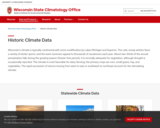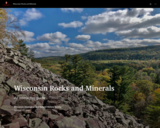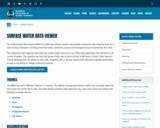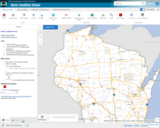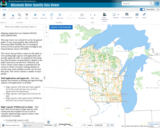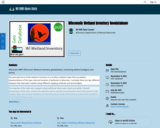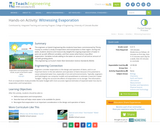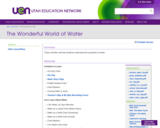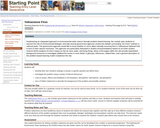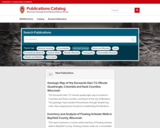
The Wisconsin Geological and Natural History Survey (WGNHS) has been serving Wisconsin for over 125 years. Part of the Division of Extension at the University of Wisconsin–Madison, WGNHS provides objective scientific information about the geology, mineral resources, and water resources of Wisconsin. We conduct research, map Wisconsin’s geology, and share information through our publications and outreach.
This is the link to the Publications Catalog that includes Wisconsin Data sets and maps for: Bedrock Geology, Groundwater, Surficial Geology, Rocks and Minerals, Soils, Precambrian Bedrock, Surface Water, Metallic Minerals, Topography, Nonmetallic Minerals, Climate and Weather, and Frac Sand.
- Subject:
- Biology
- Career and Technical Education
- Earth and Space Science
- Ecology
- Education
- Elementary Education
- Environmental Science
- Family and Consumer Sciences
- Forestry and Agriculture
- Geology
- Health Science
- Higher Education
- Hydrology
- Life Science
- Marketing, Management and Entrepreneurship
- Material Type:
- Activity/Lab
- Diagram/Illustration
- Interactive
- Lecture
- Author:
- Wisconsin Geological and Natural History Survey
- Date Added:
- 03/12/2024
